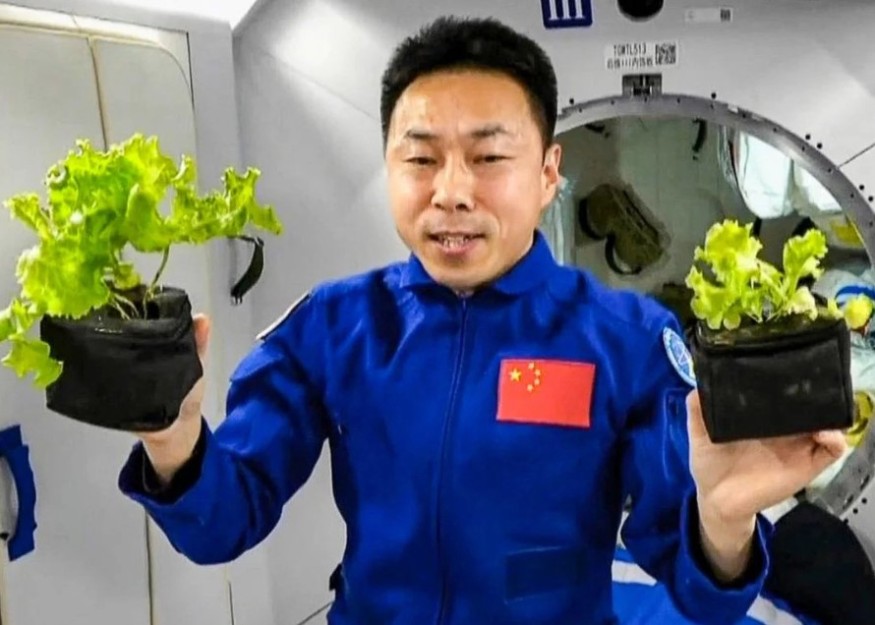
In a groundbreaking achievement, Chinese astronauts aboard the Tiangong space station have successfully demonstrated artificial photosynthesis technology in orbit.
This innovation marks a critical step toward sustainable space exploration by producing oxygen and components of rocket fuel directly in space.
Chinese Astronauts Turn Carbon Dioxide into Oxygen and Rocket Fuel in Space
The Shenzhou-19 crew conducted a series of 12 experiments using a compact, drawer-shaped device equipped with semiconductor catalysts.
According to InterestingEngineering, by mimicking the natural process of photosynthesis, they transformed carbon dioxide and water into oxygen and ethylene, a hydrocarbon that can be used to make spacecraft propellants.
"This technology mimics the natural photosynthesis process of green plants," state broadcaster CCTV reported.
Unlike traditional methods requiring high temperatures and pressures, this system operates efficiently at room temperature and standard atmospheric pressure, drastically reducing energy consumption.
The experiments began in 2015 when Chinese researchers explored "extraterrestrial artificial photosynthesis." The device installed on Tiangong is not only energy-efficient but also upgradeable.
It allows scientists to test various catalysts and reactions, enabling the production of diverse compounds like methane, ethylene, and formic acid, which could serve as resources for propulsion or sustenance in space.
New Tech Boosts China's Crewed Moon Landing Plans for 2030
China Manned Space (CMS) highlighted the significance of this advancement for human survival during long-term space missions, SCMP reported.
The technology is expected to play a key role in missions like China's planned crewed moon landing by 2030.
The ability to generate oxygen and fuel components on-site eliminates the need to transport large quantities of resources, a costly and logistically challenging endeavor.
This achievement places China at the forefront of sustainable space technology, a crucial milestone for future projects like the International Lunar Research Station (ILRS), a collaborative effort with Russia planned for construction between 2028 and 2035.
© 2025 NatureWorldNews.com All rights reserved. Do not reproduce without permission.





